Percussion
Percussion did not have much recognition in the Antiquity. They were downgraded to 'finery'.
Still, we can divide percussion into two categories: the instruments to accompany/set the rhythm
and the instruments to create excitement. The latter is associated with the Dionysion Cult.
The most famous are the rattles or krotala. They consist of two little boards
with a length of approximately 10 centimeters. Until now, we did not found
any of these
little boards.
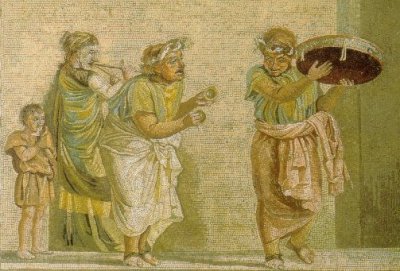 The tambourine is always played by women. Until now, we also don't have any those
instruments, so we must look at pictures. When look at them, it looks like it has a
diameter of about 45-50 cm. It is associated with the aulos, the cult of Dionysos and
Kybele. Also, the ancient cymbals are associated with these cults. They are made out of
bronze en have a diameter of about 15 cm.
The tambourine is always played by women. Until now, we also don't have any those
instruments, so we must look at pictures. When look at them, it looks like it has a
diameter of about 45-50 cm. It is associated with the aulos, the cult of Dionysos and
Kybele. Also, the ancient cymbals are associated with these cults. They are made out of
bronze en have a diameter of about 15 cm.
Next we have the smaller rattlers. The oldest are made out of
earth, mud and so on. So they aren't quite strong. One assumues they had
only a symbolic meaning, a meaning that we do not know anymore.

Photo: Fries Museum Leeuwarden
The most known is the
sistrum. The most simple
version of this instrument consist of little metal bars. These bars are being tied up
to two wooden arms. Originally, this instrument was used at the ceremony
for the goddess
Isis, but later on also in common music. A variation of it is the Apulian Sistrum.
It looks like a xylophone, but the metal bars are equal to eachother !
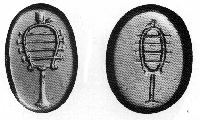
Picture: Martin-von-Wagner-Museum der Universität Würzburg;


Picture left : Museum van het boek/Museum MeermannoWestreenianum
Picture right: Museum Burg Linn
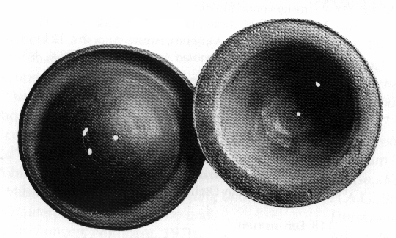
Picture: Allard Pierson Museum Amsterdam
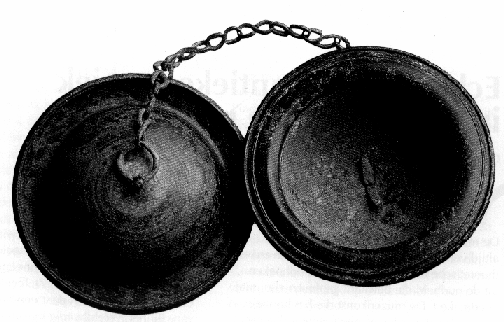
Picture: private collection
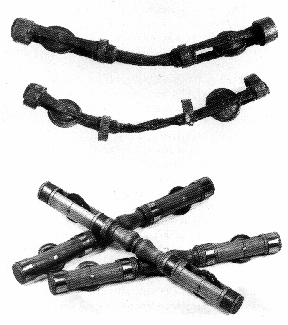
Picture: Museum Valkhof Nijmegen
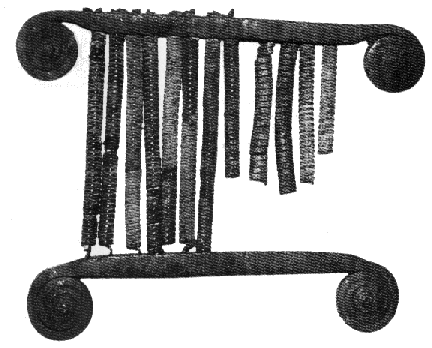
Picture: private collection







